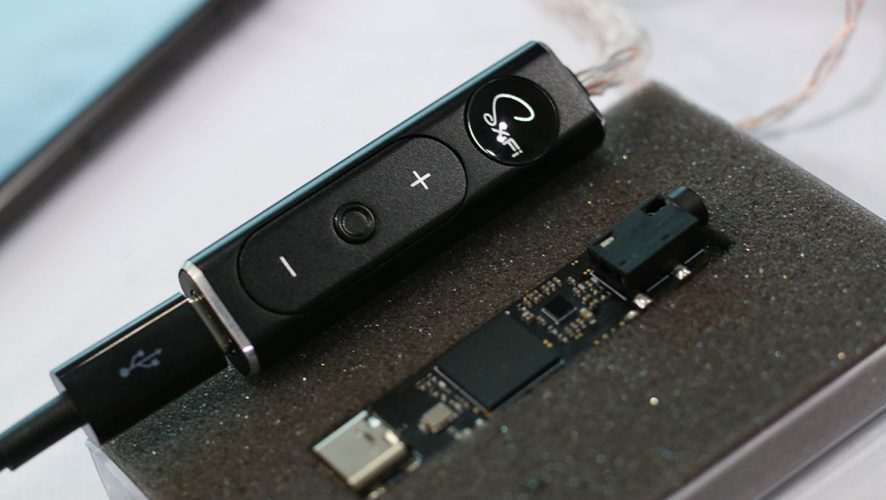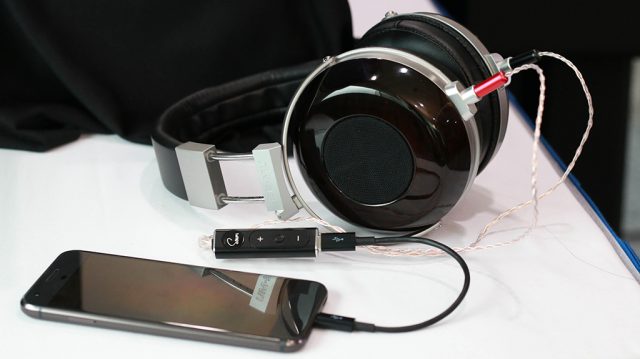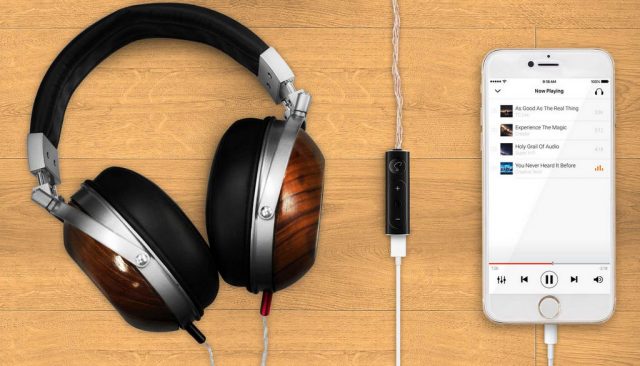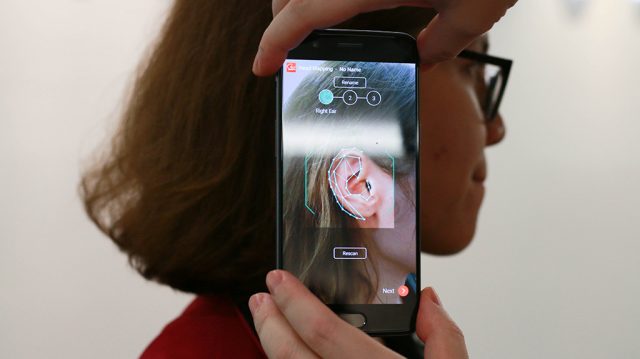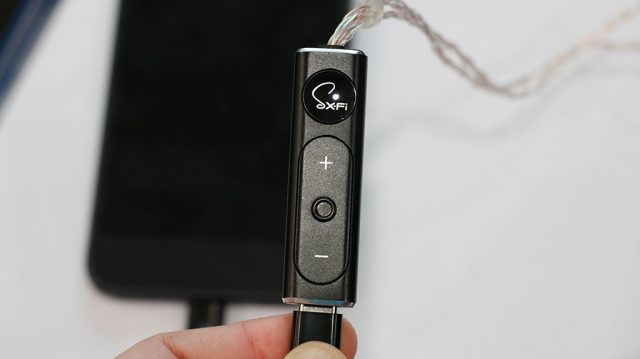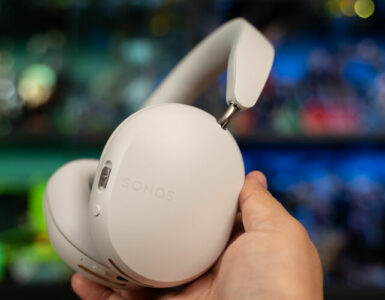Even with the huge advancements in technology, which has in turn given us pocket computers, flying drones, global communications and 4K ultra high definition displays, there are some technologies that have not veered far from when they were first introduced.
Rechargeable lithium-ion batteries is one such product, as are most portable audio products such as headphones and in-ear monitors… until now.
The granddaddy of Singapore’s tech scene, Creative, which placed the Republic on the tech map with its iconic SoundBlaster PC cards, looks to have finally cracked the issue of fitting full sized speakers into a pair of portable cans.
When it comes to audio that come packaged, meaning sounds generated through recordings and not heard in person, there is no such thing as authentic sound. A sound engineer, along with producers, technicians and audio specialists, probably spent time tweaking a song, soundtrack or movie’s sound effects, for its audience.
With home audio speakers, the art of creating great sound is also dependent on the number of speakers you have, their position relative to you, and how the audio was shaped in its delivery. And we’re not even focusing at the quality of your speakers at the moment.
Having speakers in front of you means audio is directed at you. Speakers by the side can help create the illusion of depth, of hearing sounds to the left or right of you. Having multiple speakers on the side help in creating the notion of sound movement, when an audio track moves from one speaker to another, either away or towards you, creating an artificial sense of movement.
Add speakers to your rear, and overhead, and you start to get the sense of surround sound. The only catch? You need speakers by the double digits, to create that immersive audio experience normally felt in a cinema, or in the homes theatre set-up of a millionaire.
Now try fitting that into one pair of headphones. All you end up with are left and right cups, and no matter what, those can only fit so many tweeters and drivers.
But Creative has managed to device a new way, to deliver that full sensation, living room experience to you, in a pair of headphones.
Their secret sauce? It’s not trying to fit more drivers into each earcup. In fact, when their latest device hits the market, any decent earphone should work with that the company is calling the Super X-Fi.
Audio Holography
All of our ears process sounds differently. Physically, the shape of our ears affects the sound waves as they travel into our ear canal. What the variety of speakers do is that the amplifier splits the audio track into its individual executed components, and runs them through the respective speakers. That is why movies can have audio available in multiple channels, such as DTS, and you need a special machine to decode them.
In the event that there is no decoder, the audio files can be compressed into a smaller number of channels, and audio tracks are merged. Which explains why audio delivered through headphones tend to sound muffled or compressed.
What Creative has done is to track the way sound waves are altered as they travel from the speakers to your ears. The Super X-Fi then alters any audio directed at you in the same manner as it had tracked before. This time, audio is delivered via your earphones, as if it come from a home theatre set-up.
So how is it done? First, the folks at Creative placed microphones in my ear, courtesy of earbuds, but this time with microphones placed outside. It then played a sample audio track via a 7.1 channel set-up, which had two speakers in the rear, two overhead, and the rest in front of me.
The audio tracks received by the microphones in my ears were then analysed and compared to the original recording, and the different audio differences was mapped. My audio profile was created and then, the same track was played through a pair of headphones connected to a prototype Super X-Fi, but this time, the device altered the music according to my hearing profile.
The result? Everything that I heard through the 7.1 channel set-up was faithfully recreated over the earphones. The sound of raindrops overhead? The acoustics from “behind” me? The wind rustling overhead? I heard it through the earphones in exactly the same way I heard it via the speakers, and it was nothing short of amazing.
For a while there, I actually thought that the speakers were on, and that there was nothing coming through both cans, until I took them off to hear nothing emanating from the speakers.
Next, they played me some audio tracks, with and without the Super X-Fi turned on, and the difference was astounding. The main audio tracks already contain all the musical instruments but normal headphones are not able to split the instruments playing, and deliver that crisp sounding music.
With the Super X-Fi, the same track played as if it was channeled through a 7.1 channel sound system, and the individual instruments already playing in the background were heard loud, clear and sharp. The audio coming out through the Super X-Fi sounds fuller, with a layer of depth, as if I was in a room, listening to sounds coming from all over, instead of directly beside my ears. Unbelievable.
But now you’re asking, “How is Creative going to roll this out globally? Are folks supposed to have their audio profile measured physically? How can this be done?”
That’s where the app comes in.
Creative has actually been working on this for the past two years and they figured out the answer, by recreating the measurement using software. An app on the phone scans your ear, and approximates a profile based on the shape of both ears.
This then creates the audio profile that the Super X-Fi needs, to deliver the same experience.
But how accurate can a scan of an ear be? Well, Creative says it has scanned and measured thousands of ears, from all around the world, for the last two years. That data is then analysed and compared to actual measurements, and fed into algorithm which is then able to extrapolate how new ear profiles would process sound.
It’s still an ongoing process, but the software is still tracking, studying and adding new profiles. When the Super X-Fi is launched, the free app will likely add new profiles to the AI as well. The catch? The device will only be able to play music that has been resides directly in the phone itself, and not through other media platforms like Spotify and YouTube. Support for streaming content will likely be added in the near future.
So the other question is, how would someone else’s profile sound? In one word? Bad.
I couldn’t quite place it, but I was given four profiles to play with and two of them sounded off. It was as if the music was slightly distorted, and some vocals came off louder than it should, some instrument sounded faded or less intense. Nothing was distorted. The equivalent would be like if you were to wear someone else’s prescription glasses. Even if the prescription was almost like yours, images would look distorted, even if colours stayed the same. The listening experience was just like that.
Interestingly enough, one of the fours profiles was mine while the last one was quite similar to mine as well. The last one differed from my own profile slightly, but if I wasn’t told that it wasn’t mine, the listening experience was quite similar to mine.
To my surprise, the last profile is also mine, but taken with the app. This allowed me to compare my profile as taken with the microphones, and the one with the app. As I said, there are differences when music is played back on both profile played one after another, but if only one was offered to me, I wouldn’t be able to tell which one was the app and which one wasn’t.
One note of warning though – there is no perfect audio profile. The size and space in the room when the full scan was physically performed can affect the overall audio experience, and in turn, create a different audio profile. Thus, which is better can be rather arbitrary, since neither profiles might be fully accurate.
After the planned launch in Q3 of 2018, Creative says that it will look into expanding the device for use in the home entertainment and gaming sector. Future plans include compatibility with PC and game consoles, via HDMI, USB-C, or even a wireless connection.
For now, we’re keeping our ears peeled on Creative, and, if you’re an audiophile, so should you. Find out more about Creative’s Super X-Fi here.

